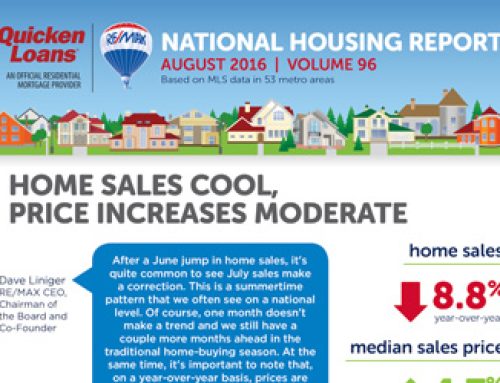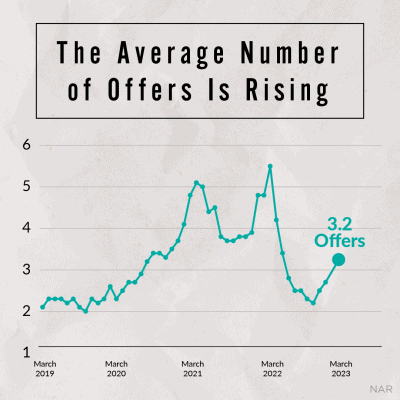 Tips for Buyers on How to Win a Multiple Offer Situation
Tips for Buyers on How to Win a Multiple Offer Situation
In today’s highly competitive real estate market, it’s not uncommon to find yourself in a multiple offer situation when trying to buy a property. In such a scenario, the seller receives more than one offer from potential buyers, making it a challenging task for the buyer to stand out from the competition. However, with the right strategies and approach, you can win a multiple offer situation. This article will provide you with some valuable tips on how to outshine the competition and secure your dream home. From making a strong first impression to understanding the seller’s preferences, we’ll cover everything you need to know to make a winning offer and beat the competition. Read on to discover the secrets of winning a multiple offer situation and getting the keys to your new home.
Understanding what a multiple offer situation is
A multiple offer situation occurs when there are two or more buyers interested in purchasing the same property. Frequently, buyers are asked to submit their “highest and best” offer by a specific deadline. A seller will then review all the offers on the table and choose the best from the lot. A seller may consider several factors while selecting the offer, such as the price, contingencies, and terms. Therefore, it’s crucial to have a thorough understanding of what a multiple offer situation is and how it works before entering into one.
What is highest and best?
When a seller receives multiple offers, they frequently call for your “highest and best” offer by a specific deadline. Once that deadline has passed, they look at all the offers and usually select one. In this case, you will probably not get a chance to negotiate back and forth with the seller, so put your best possible offer on the table right up front. If your agent has done a good market analysis, then you should know the range of value for the home and select a price and terms that are the highest you are willing to pay for that house. Craft an offer that won’t leave you with regrets if you don’t get the home.
 The importance of having a pre-approval letter
The importance of having a pre-approval letter
One of the essential things you can do to prepare yourself for a multiple offer situation is to get pre-approved for a mortgage. A pre-approval letter is a document that shows the seller that you have been pre-approved for a specific loan amount. It demonstrates that you are a serious buyer and have already taken steps to secure financing.
Be aware that there are three types of letters that are commonly referred to as pre-approvals but are different. A pre-qualification letter is an informal estimate provided by a lender based on the information provided by the borrower. It is a preliminary assessment of the borrower’s financial situation and creditworthiness. A pre-approval letter is a more in-depth assessment conducted by a lender. It involves thoroughly reviewing the borrower’s financial documents, including income statements, employment history, credit reports, and other relevant information. The lender verifies the borrower’s financial details and assesses their creditworthiness. Some lenders will even do full underwriting on a buyer’s financial situation and issue a mortgage commitment letter which approves the buyer for the loan, pending going under contract on a home. This type of letter is the strongest of the three options. Unlike a pre-qualification letter, a pre-approval or mortgage commitment letter carries more weight in the eyes of sellers. It demonstrates that the borrower has undergone a comprehensive evaluation and is likely to obtain financing for a specific loan amount, assuming their financial situation remains stable.
Having a pre-approval or mortgage commitment letter from a known and reputable lender can put you in a better position to negotiate with the seller. Submitting a hastily obtained pre-qualification letter from a random online lender can be a detriment to your offer. Therefore, it’s essential to have a pre-approval letter before entering into a multiple offer situation. Ask your real estate agent for recommendations on lenders that will issue a pre-approval or mortgage commitment letter for you.
 Making a strong offer: Price, contingencies, and terms
Making a strong offer: Price, contingencies, and terms
When it comes to making a strong offer in a multiple offer situation, there are three key factors to consider: price, contingencies, and terms. First, the price you offer should be competitive and in line with the market value of the property. A good real estate agent will do a market analysis on the home to give you an idea of the range of its value. Remember, you may have to offer more than the asking price if the property is in high demand.
Second, the contingencies you include in your offer can make a significant difference. Contingencies are conditions that must be met for the sale to proceed. Each contingency introduces a level of uncertainty for the seller. Because contingencies allow for termination or negotiation, they add doubt if the transaction will actually go through or if the price offered will remain the same. Offering fewer contingencies can make your offer more attractive to the seller. However, waiving essential contingencies adds risk for the buyer. Discuss with your agent the consequences of keeping or waiving each contingency and craft an offer that is strong but still protects you.
Third, the terms of your offer can help you stand out from the competition. For example, you could offer a shorter closing period or include a rent-back agreement that allows the seller to stay in the property for a set period after the sale. It’s essential to understand the seller’s preferences and tailor your offer accordingly.
Is a cash offer king?
Cash offers eliminate the need for financing contingencies, making them more appealing to sellers. With a cash offer, buyers can often negotiate better terms, secure a quicker closing, and have a competitive advantage in multiple offer situations. But don’t be discouraged even if you need to finance your transaction. Many times cash buyers offer a lower price, and a higher offer with financing can still win.
Offering a larger down payment
Another way to make your offer more attractive to the seller is to offer a larger down payment. A down payment is the money you pay upfront when purchasing a property. It’s usually a percentage of the purchase price; the rest is financed through a mortgage. Offering a larger down payment can signal to the seller that you are financially stable and have enough cash to address inspection or appraisal issues should they arise. Therefore, if you have the means to do so, consider offering a larger down payment to make your offer more competitive.
Pick the best loan type
In a multiple offer situation, sellers may favor conventional financing as it is perceived to have fewer potential hurdles and stricter qualification standards for buyers. FHA and VA loans require the property must meet certain criteria to be eligible for financing. Sellers could be concerned that their property won’t meet these requirements, leading to potential delays or complications in the sale. However, FHA and VA offer more accessible financing options with lower down payment requirements, making homeownership more attainable for individuals who may not qualify for conventional loans. If you need to work with an FHA or VA loan, talk with your agent about how it can be presented to give you the best chance of acceptance.
 Shortening the inspection period
Shortening the inspection period
The inspection period is the time frame during which you can have the property inspected by a professional. It’s an essential step in the home buying process as it can identify any issues with the property that may affect its value. However, in a multiple offer situation, shortening the inspection period can make your offer more attractive to the seller. However, ensure you have enough time to conduct a thorough inspection and identify potential issues.
Like any other contingency, the home inspection adds a level of uncertainty to your deal from the seller’s perspective, but remember you are going to live in the house for a long time. Be sure you are prepared to deal with whatever comes up if you are thinking about waiving a home sale contingency.
Consider the appraisal gap
A mortgage appraisal contingency is a provision in a purchase agreement that protects the buyer if the property being purchased appraises for a value lower than the agreed-upon purchase price. It allows the buyer to renegotiate the terms of the deal or, in some cases, terminate the contract without penalties. If the property’s appraised value matches or exceeds the purchase price, there is no issue, and the transaction proceeds as planned. However, if the appraised value is lower than the purchase price, the appraisal contingency comes into play. This is especially important when a buyer makes an offer higher than the home’s asking price. The buyer could cover some or all of the difference between the appraised value and the purchase price out of their own funds. This is known as covering the “appraisal gap,” and it can be particularly beneficial in competitive real estate markets where sellers are less likely to negotiate on price. If you offer to cover an appraisal gap as a term of your contract, remember that you might need to bring more money to closing. Discuss this with your agent to be sure you understand the consequences.
Skipping the home sale contingency
Using a home sale contingency in a multiple offer situation when trying to buy a home can have several downsides. It weakens the buyer’s position as it introduces uncertainty and potential delays related to the sale of their own home. Also, sellers may prefer offers without contingencies, especially in a competitive market, as they want assurance of a quick and smooth transaction.
For buyers that must sell, there are a few financing options that can help. Buyers can explore obtaining bridge financing, a short-term loan that helps bridge the gap between purchasing a new home and selling the existing one. They can also look into a recast loan where they buy a new home, and then when their home sells, they use the money to make a large payment towards the principal balance, and the lender adjusts the loan’s monthly payment amount based on the reduced principal balance. This adjustment is made without refinancing the loan or changing its terms. These options allow buyers to make a competitive offer without depending on selling their current home. The last option for home buyers that need to sell to buy is to “wing it,” meaning they list their house for sale and/or go under contract on a new home and hope for the best to make the timing work. These options all have financial and logistical consequences, so discuss them with your agent and lender before choosing any of them.
Being flexible with the closing date
The closing date is the date on which the sale is finalized, and the property changes ownership. Ask your agent to find out what works best for the seller. Working around their schedule can help your offer rise to the top. It can also help you stand out from the competition by demonstrating your willingness to be accommodating.
Should you write a letter to the seller?
Writting personalized letters to sellers is frequently suggested, but it can lead to Fair Housing violations, and many agents and sellers now specifically request they not be included in offers. While a heartfelt letter to the seller can sway a seller who is emotionally invested in the property, you can not include details, or photos, that identify you as a protected class for housing purposes. These include your race, religion, national origin, color, familial status, sex, and disability. Depending on your area, this can also include age and orientation. While buyers want to create personal connections with these letters, it is better to work on presenting the best offer.
Using an escalation clause to increase your offer
An escalation clause is a clause that allows you to increase your offer in a multiple offer situation automatically. It works by stating that you will pay a certain amount above the highest offer up to a specific amount. For example, you could offer $1,000 above the highest offer up to a maximum of $300,000. Using an escalation clause can help you outbid the competition without having to keep submitting new offers. However, it’s essential to use an escalation clause wisely and in consultation with your real estate agent. Some listing agents and their sellers refuse to accept offers with escalation clauses.
 Working with a skilled real estate agent
Working with a skilled real estate agent
Finally, working with an experienced real estate agent who has been in multiple offer situations before can be the difference between winning and losing a multiple offer situation. A skilled agent can help you understand the seller’s preferences, negotiate on your behalf, and provide valuable advice throughout the home buying process. Therefore, it’s essential to choose a real estate agent with a proven success track record.
Conclusion: Staying positive and persistent in a competitive market and win a multiple offer situation!
In conclusion, winning a multiple offer situation requires strategy, preparation, and persistence. It’s important to understand what a multiple offer situation is, have a pre-approval or mortgage commitment letter, make a strong offer, craft terms that make your offer attractive, offer a larger down payment, shorten the inspection period, be flexible with the closing date, and work with a skilled real estate agent. With over 15 years in the business and having dealt with many multiple offers, I can help you get your home. Contact me and let’s talk!
However, even with the best strategies and approach, winning a multiple offer situation is not always possible. Therefore, staying positive and persistent in a competitive market is essential. Keep searching for your dream home; eventually, you’ll find the right property at the right price.



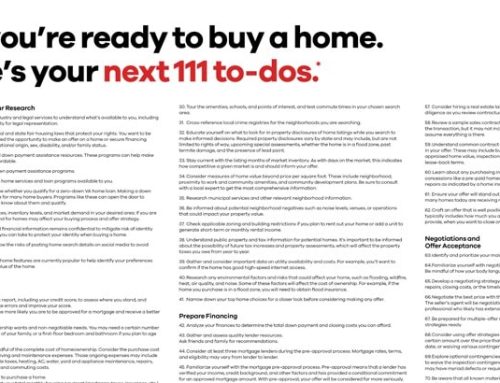








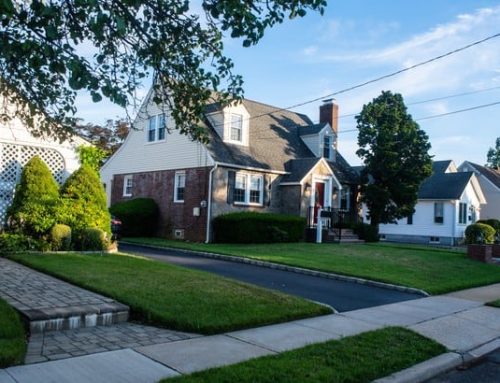

![Find Your Dream Home with an Accredited Buyer’s Representative (ABR®) [INFOGRAPHIC]](https://www.bestpittsburghhomes.com/wp-content/uploads/2024/04/dreamhome-500x383.png)


![Buying A Home? 7 Reasons To Hire an Accredited Buyer’s Representative (ABR®) [INFOGRAPHIC]](https://www.bestpittsburghhomes.com/wp-content/uploads/2024/04/7reasons-500x383.png)
![Your Buyer’s Agent Wears Many Hats [INFOGRAPHIC]](https://www.bestpittsburghhomes.com/wp-content/uploads/2024/04/manyhats-500x383.jpg)
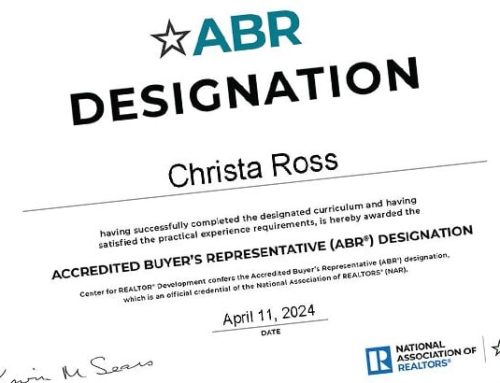




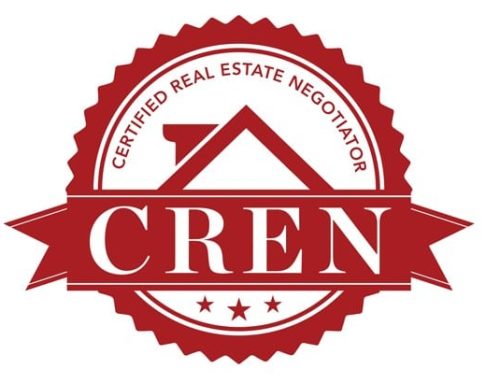
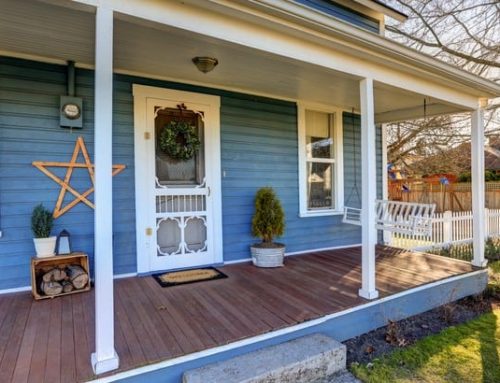


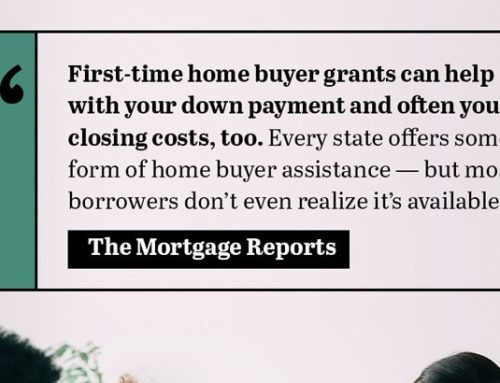











![Housing Market Forecast for the Rest of 2023 [INFOGRAPHIC]](https://www.bestpittsburghhomes.com/wp-content/uploads/2023/08/housingmarketforcast-500x383.jpg)

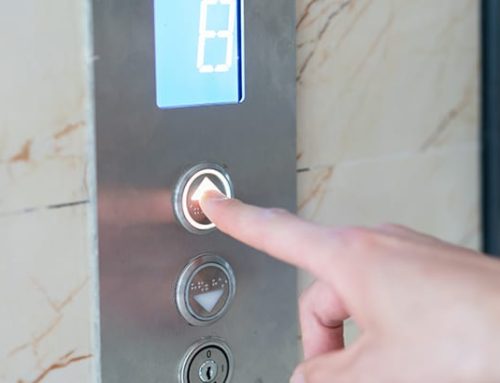









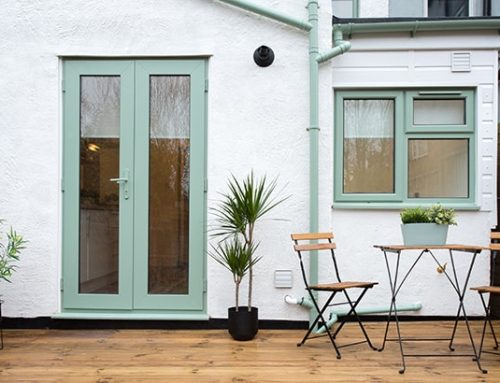





























![More Listings Are Coming onto the Market [INFOGRAPHIC]](https://www.bestpittsburghhomes.com/wp-content/uploads/2022/06/Morelistings-500x383.jpg)






































![Financial Fundamentals for Homebuyers [INFOGRAPHIC]](https://www.bestpittsburghhomes.com/wp-content/uploads/2021/01/financialfundamental_feature-500x383.jpg)

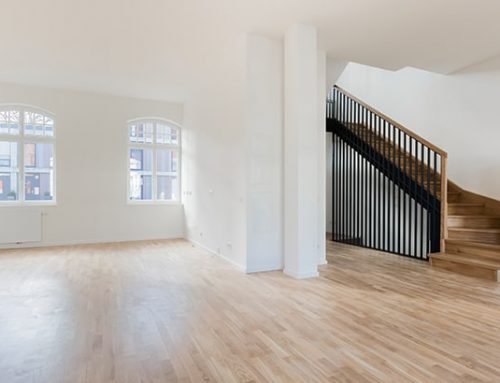







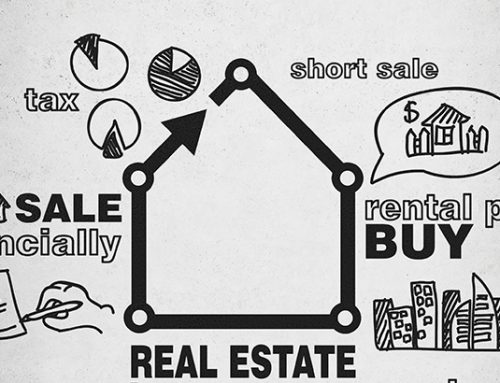







![The Housing Market Is Positioned to Help the Economy Recover [INFOGRAPHIC]](https://www.bestpittsburghhomes.com/wp-content/uploads/2020/04/housingrecession-500x383.jpg)




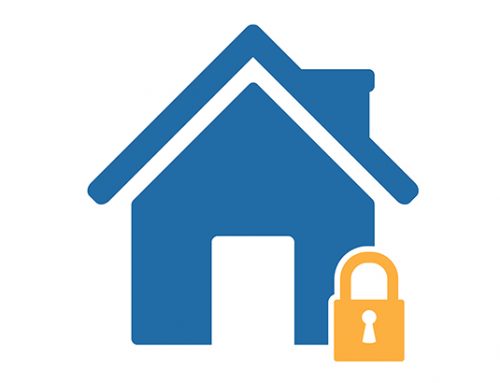


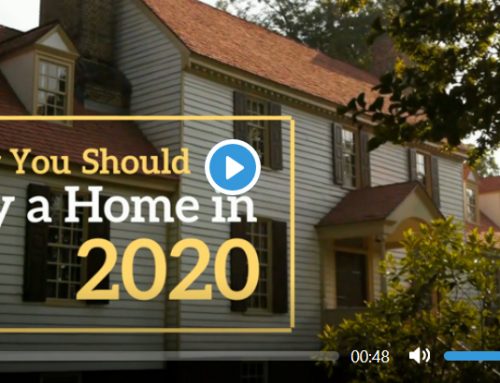


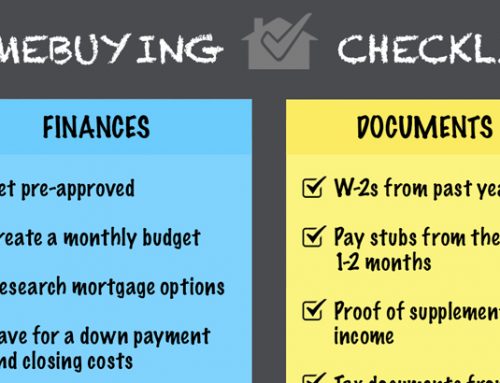




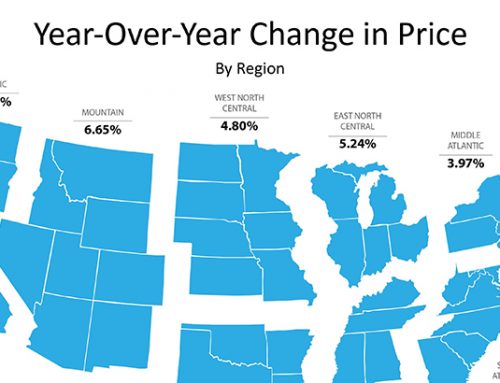
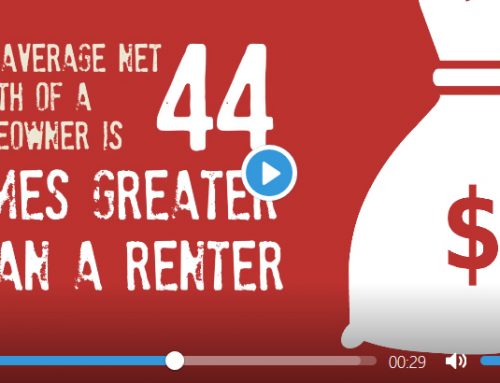






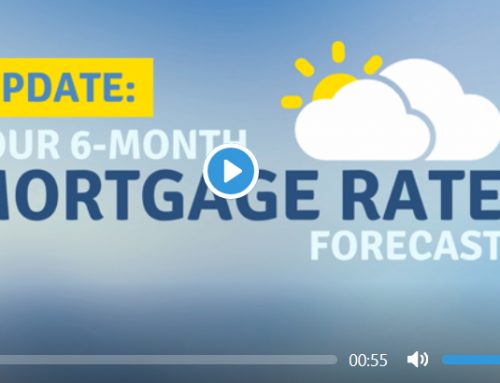




![5 Reasons Why Millennials Buy a Home [INFOGRAPHIC]](https://www.bestpittsburghhomes.com/wp-content/uploads/2019/04/Millennials-Choose-to-Buy-ENG-MEM1-1046x1354-500x383.jpg)























